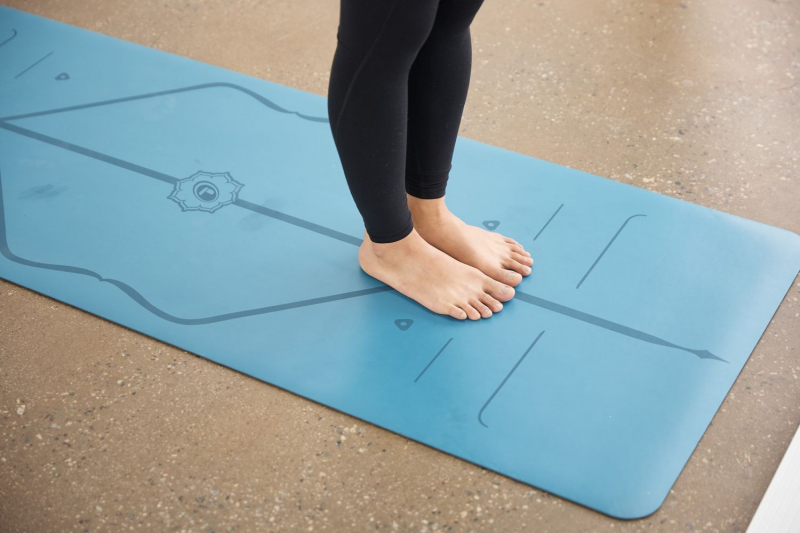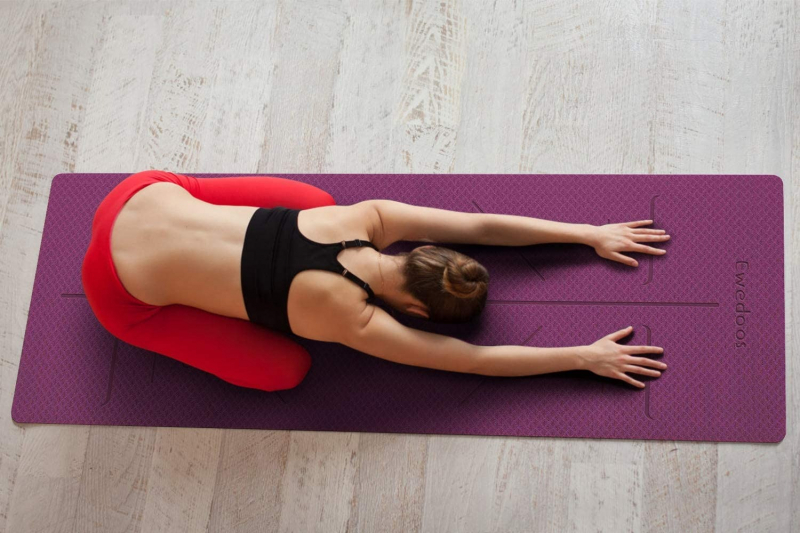Use a clean non-slip mat

Using a clean non-slip mat helps you perform yoga poses without worrying about falling out of postures. It also protects your joints, particularly the wrists and knees. Also, do not forget clean your mat regularly to prevent unpleasant smells and attracting dust and maintain its traction and prevent unpleasant smells.
When choosing a yoga mat, consider the type of surface you'll be practicing on, how you'll store and transport it, whether you prefer natural materials, and how much support and grip you'll need. You can use a thin yoga mat, a medium thickness mat, or a thick yoga mat, depending on your needs. A yoga mat's normal thickness is around 1/8 inch. However, it all depends on the style of yoga you do.
The thicker, more comfortable yoga mats, starting at 1/4 inch, are excellent for aching joints, but they are heavier and more difficult to balance on. Thinner mats might help you to feel more balanced and grounded. Thin mats are also preferable for more aggressive vinyasa or flow techniques because they don't clump up as much. A thinner, more flexible yoga mat is usually more pleasant for new yogis, while seasoned yogis may appreciate the added padding that a thicker, extra-thick yoga mat provides.










